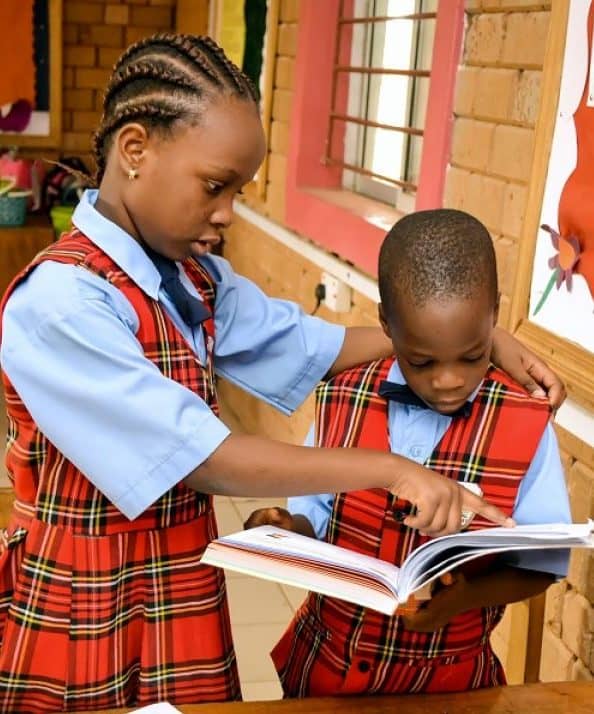A teacher should recognize 12 different personalities in a classroom of 12; all needing different degrees of attention and materials to effectively assimilate the same curriculum.
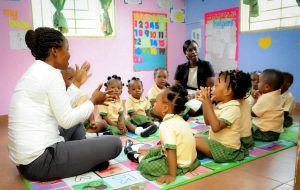
No child is the same; every child has a different pace and level of understanding.
The starting point of a child centered lesson is the learner as this method of teaching rotates around the child.
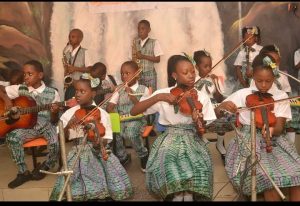
Children are encouraged to take their learning into their own hands as opposed to previous methods where the teacher had to constantly prompt and direct the learners. The teacher shifts from focus and the stage is taken by the children, their concerns and choices are taken into valued consideration.
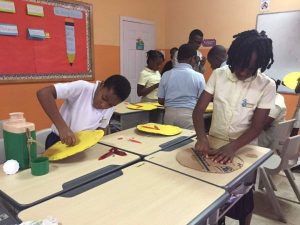
In a child centered environment the teacher listens to the child and seeks to not only understand their language but also speak it to further promote the passing of information from one party to the other.
A child centered lesson brings life to the classroom, it keeps pupils engaged and interested simply because the teacher is talking about their interests in their language.
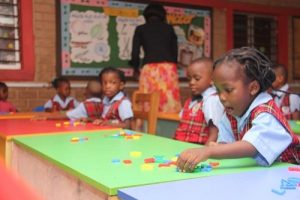
They not only understand; they can relate and proffer solutions and opinions. The child realizes that he influences his learning thus encouraging independence and autonomy.
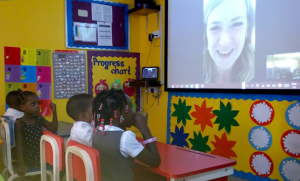
The greatest sign of success for a teacher is to be able to say, “The children are now working as if I did not exist.”
– Maria Montessori
The purpose of a child centered classroom is to achieve a state of autonomy and independence where the child learns by himself and enjoys doing so.
RELATED
The Montessori Method: Why you should encourage it
What Makes the Ideal Classroom
Efficient ways to keep up staff morale
